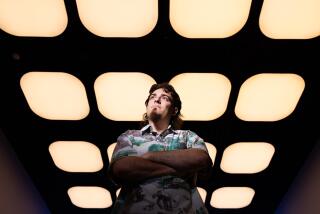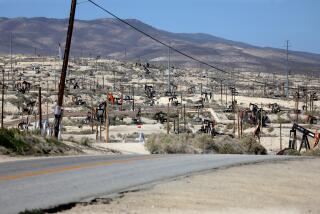TWICE IN A LIFETIME: From Soaps to Skyscrapers<i> by Charles Luckman (W.W. Norton: $22.50) </i>
- Share via
His last name fits him to a T, it seems, for Charles Luckman has enjoyed a level of success equaled by few in America. The Lee Iacocca of the 1940s and ‘50s, he climbed a steep ladder of opportunity during the Depression, rising to head two major American corporations and direct Harry Truman’s “Freedom Train” project after World War II; in his second career, as an architect, he designed buildings such as Houston’s Manned Spacecraft Center and New York’s new Madison Square Garden. But if there’s anything that one learns from this spunky autobiography, it’s that luck isn’t essential for success if one has enough ingenuity and tenacity. Luckman was less than fortunate with his first professional jobs: A Depression-era slump in building ruled out the possibility of the architecture career he had dreamed of as a child, so he got a position designing brochures to sell soap.
“It stinks,” his boss said of his first project, but a less-than-bashful Luckman, always one to turn a situation around, retorted, “If your salesmen can’t sell with that brochure, there’s something wrong with them.” He ended up selling the soap himself, convincing Mom-and-Pop stores to buy 10 gross. When they complained about being overstocked, Luckman brought the boxes to the front of the store, arranged them into pyramids and wrote a sign announcing, “Special!” Some of Luckman’s strategies for success could be called wily. While working as a waiter, for instance, he was told that the store would make more money if the customers requested an egg in their milkshakes. Without thinking twice, he asked his first customer, “One egg or two?” Momentarily startled, she responded, “One please.” For the most part, however, Luckman exemplifies the best of America’s entrepreneurial spirit, offering this story of success in the hope that it will inspire others to realize their potential.
More to Read
Sign up for The Wild
We’ll help you find the best places to hike, bike and run, as well as the perfect silent spots for meditation and yoga.
You may occasionally receive promotional content from the Los Angeles Times.






